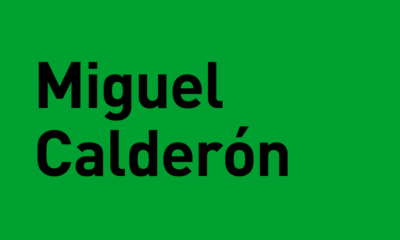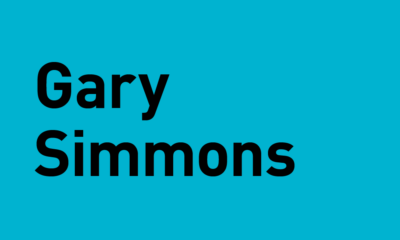Closeup
CLOSEUP Louis Hock, International Waters/Aguas internacionales, INSITE97.
“I realized that I could take water and create my own conceptual stitch. I could do this aesthetic intervention by creating my own flow back and forth across the border. My plan was to take the water and fill a tank in a truck, and then drive to the Border Field State Park. I would pump the water over the fence or through the fence and fill an elevated tank on the other side in Tijuana. So, this reservoir tank would feed a pipe which would then run the water back across the border to feed a drinking fountain on the U.S. side. So, the water would be from the United States and then it would pass into Mexico and then come back into the United States and so I’ve created my own thread which stitches together these two nations.
The next layer of the project was sharing a drink of water in this desert region. I wanted to offer a drink to visitors on either side of the border that came to Friendship Park. So, I loved the idea of water and gravity: it seemed to be a perfect, basic technology for this project. When you look at a map of the intersection of the two countries that dead end at the blue Pacific Ocean, it’s striking. It’s a political and economic hotspot both historically and in the present, which is obviously a place with significance. It’s easy to see why it is such a magnetic place for artists to work.
So, I decided to create my own monument using the immediate physical vernacular. I wanted the fountains and the plaques to look like they had always been there, using the same materials and having a patina of age. The work was not intended to announce itself, rather to visually insinuate itself into the existing landscape of monuments. I used the same 4-inch pipe to create twin drinking fountains extending diagonally from the ground. So, people would be sharing a drink of water from the nearby underground water supply. Alan Bersin [then-US Attorney General for the region] prevailed with the powers that be, and I was able to get an 8x10 inch window torched out of the fence for my project so that people visiting their respective beach side Friendship Parks taking drinks of water from the bubblers could look at each other eye to eye.
After about a month or so, the Border Patrol could not stand the people looking through the hole could see them from Mexico yet they could not see who is doing the looking. It really bothered them. It was a table turn of the observed and the observer that really bugged them. So, the Border Patrol had a steel plate welded over my little window. We complained to Alan Bersin, and they {the Border Patrol} said the plate would come off. However, rather them simply open the hole, the Border Patrol then removed the entire section of the fence with the hole in it extending the small existing lattice fencing from the monument dozens of feet to the west past the whole area.
My work was certainly a physical object, but fundamentally it was more of a conceptual artwork about an international dialogue using water. This action turned the shape of my artwork from a conceptual dialogue into an argument in steel.” –Louis Hock







